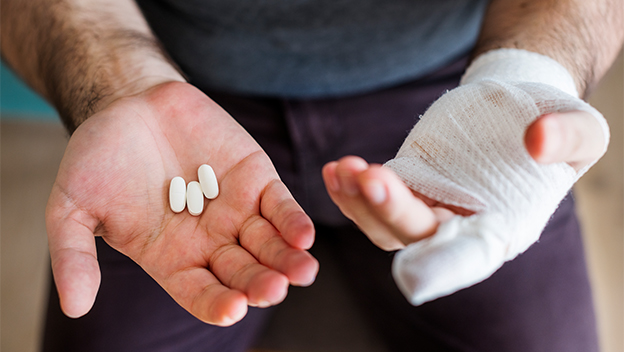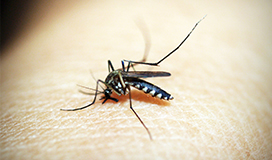
They’re called accidents because you never see them coming. The time may come when you’ll need to rebuild your life after an emergency, accident, or disaster.
And it’s depressingly more likely to happen than you think. Accidents of all types count as the number four cause of death in the Philippines, accounting for all ages. Road accidents alone claim over 10,000 lives a year!
While you can never completely prepare for an accident, you can mitigate its impact through proper financial planning.
Forward planning—like creating an emergency fund and proper financial planning—will provide you with the necessary financial resources to deal with an unpredictable future. Not only will forward planning help you get back on your feet quickly and efficiently, it will also remove any obstacles to your cash flow.
Check out this step-by-step pre-accident preparation checklist to make sure that unforeseen events won’t cripple your savings.
Step 1: Create an emergency fund.
Having an emergency fund ensures that you have enough money in case of any crisis, like sudden death, job loss, or natural calamity. Ideally, it should cover three months to one year of your standard living expenses.
Because it should be easily accessible during emergencies, your emergency fund should be liquid and placed in a savings account. You should also keep a small portion of it in cash, stored at home in a safe place so that you won’t need to rely on a working ATM in case of natural disasters. You’ll want to have enough cash on hand to spend on necessary supplies like food and water.
Step 2: Secure your investments.
Long-term investments like stocks, mutual funds, bonds, and time deposits can help secure your financial future in the long run.
Make sure that you have documentation of all your investment accounts, as well as the contact information of the financial planner managing these. But even with a financial planner, take some time to regularly check how your investments are performing for your own peace of mind.

Step 3: Plan your estate.
If you have assets and properties that you want to transfer to your beneficiaries upon death, then estate planning is a must. It involves transferring assets to your heirs while minimizing the taxes they must pay. (Keep a copy of your estate planning documents safe for this purpose).
Alternatively, you can minimize the impact of estate transfer cost through life insurance, as the cash payout can be used to cover debts and taxes.
Step 4: Protect yourself with insurance.
Insurance policies protect you against loss or damage, by providing an alternative source of funds that will cover the effect of disasters. There are various insurance plans you can avail of depending on your needs. Some of the most important ones for accidents are:
Home and Auto Insurance:
As a home or vehicle owner, you are legally required to have home and auto insurance. These policies will help offset the damages caused by natural disasters.Life Insurance:
If you have dependents relying on you, a life insurance policy can protect them against sudden loss of income in the event of unexpected death.Health Insurance:
Medical bills can add up quickly, unless you have accident or critical illness insurance on hand. With accident/critical illness insurance, you’ll be able to reduce out-of-pocket expenses for medical emergencies.
When shopping around for a policy, look for one that provides either daily hospital income, which will fill in for your salary while you’re hospitalized; or medical reimbursement that can help pay for expenses like room and board. The accident rider may even pay out benefits even without a hospital confinement.
A life insurance policy with accident coverage, like AIA All-In-One, can help you secure your future even if something untoward happens. AIA All-In-One provides you with 100% of your total Personal Accident Benefit in the event of an accident—plus an additional 100% of your Personal Accident Benefit if the accident is caused by an act of nature, or while riding ticketed public transportation.
A total benefit equal to 100% of your Total and Permanent Disability Coverage may also be granted if the bodily injury causes total disability (i.e. inability to perform three of the following activities: eating, bathing, getting dressed, toileting, transferring, and mobility).
AIA All-In-One is not the only weapon you can arm yourself with against incidents out of your control. Check out AIA Philippines’ suite of financial solutions to learn of other products that can complete your pre-accident preparation checklist!



